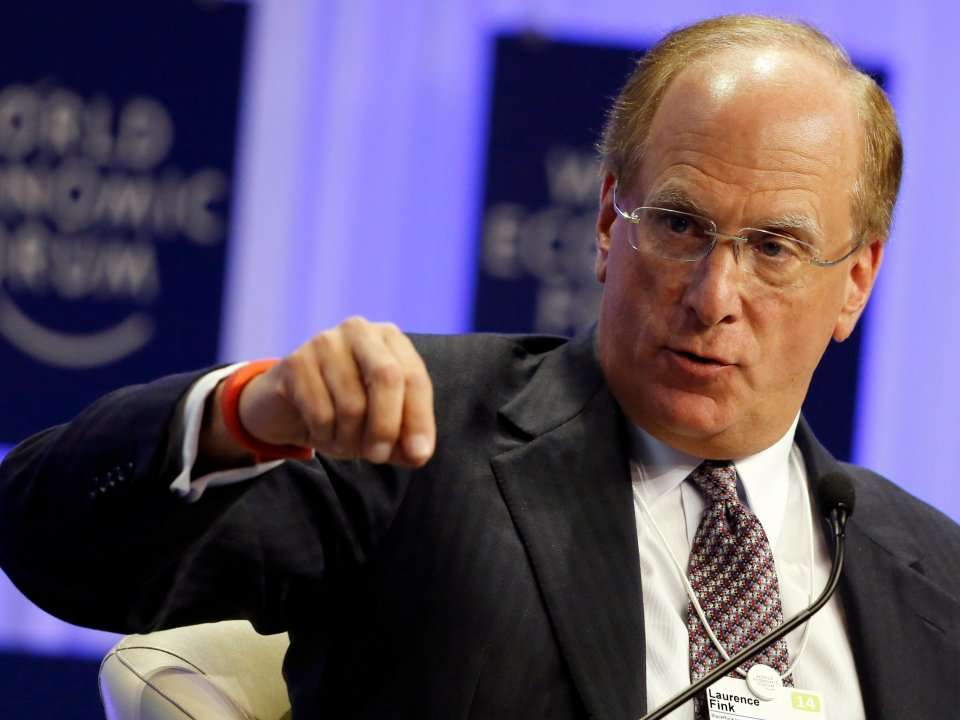At the end of May this year, French President Emmanuel Macron hosted CEOs for a “Tech for Good” summit focused on education, labor, and diversity. Uber committed to improve health insurance for their drivers in France and IBM said they would invest in blockchain and cloud computing technologies. In poorer parts of the world, Tech for Good initiatives often center around health and sanitation with benefits ranging from increased productivity, employment and economic growth. Comparatively few Tech for Good programs target crime and conflict, key characteristics of Sustainable Development Goal (SDG) 16. This is a missed opportunity because by combatting illicit actors, technology companies can do well by doing good.
The global illicit trade, including in natural resources such as wildlife, fish, timber, and minerals is a $1.6 to $2.2 trillion annual industry. The negative consequences from transnational organized crime are disproportionally worse in developing countries. Researchers have found that civil war—almost always resourced or supported by the illicit economy—slows gross domestic product (GDP) growth, reduces public health outcomes, and deprives people of food, water, and work. These challenges crowd out development efforts and enable radicalization and violence.
Building capacity against transnational organized crime is critical to defend against its negative consequences. This includes improving physical maritime, border, and port security to disrupting illicit flows in the supply chain and provide legal livelihood opportunities for local populations.
Developed countries have more resources to make these investments and are therefore more resilient and less impacted by crime and the negative human and economic consequences that follow. Emerging and developing are not. Consequently, they continue to lose national wealth to criminal activities that otherwise could have been used to make relevant security investments to reverse this negative cycle.
Because of the lack of capital, developing regions are unattractive to traditional defense and security technology companies that are hesitant to make bets in markets where the short- or medium-term returns are ambiguous. This is where technology for good comes in and can make a big difference providing technological solutions in the building of secure societies against illicit actors. Organizations using technology for good have many of the characteristics that make these types of investments worthwhile.
Technologists for good want to see positive social impact by filling a technological gap. Some of them also want to develop new business models and tap in to new markets that represent an opportunity for the technology contributions to be sustainable over time. Technology for good focusing on societal security against transnational organized crime fits both these key dynamics.
The platform for implementation of this new era of technology for good is SDG 16 and the timing is right. Business and financial leaders are increasingly pushing the private sector to consider both the financial and social good of its activities.
In the photo: Larry Fink, the chairman and CEO of BlackRock on Tech for Good — Photo Credits: REUTERS/Ruben Sprich
For example, earlier this year, Larry Fink, Chairman and Chief Executive Officer of BlackRock Inc, the global investment management firm, penned a letter to CEOs stating that “society increasingly is turning to the private sector and asking that companies respond to broader societal challenges.” Making available cutting-edge innovations such as big data analytics and machine learning to combat crime for social good is one part of this broader sentiment.
While there is military and security assistance being provided to poorer parts of the world, a robust ecosystem of innovation, products, and companies investing in developing nations’ security market does not exist. Part of the reason is that existing advanced and expensive defense and security technologies built for developed nations do not align well with the human and institutional capacities on the ground. The cost of education and training, as well as retrofitting existing technologies for border and maritime security, for example, is prohibitively expensive for most tech providers. There is also a lack of resources to co-finance technology development and deployment in emerging and developing regions to fit local and regional conditions.
Access to markets and eventual return on investments require companies to self-finance the technology development (or secure resources outside of the development aid community); come up with longer term plans to identify and design business models that can generate revenue; and spend time establishing partners to assist in implementing proof of concepts and help executing contracts.
In the photo: TECH FOR GOOD – Maano – Virtual Farmers’ Market (VFM) is an app-based e-commerce platform where farmers’ surplus and buyers’ demand for crops are advertised and traded. Photo credit: wfp.org
While doing good, companies have a great opportunity to introduce and test new features, as well as harden products. And as they mature, companies need to work in parallel with donor governments and international financial institutions to cover operational costs in the short- to medium-term and with multilaterals and NGOs to assist with project execution on the ground.
There are financial resources to draw on, especially using SDG 16 as a platform, which has received over $340 billion from the donor community for implementation. Public-private partnerships are keys for companies and products to tap into these types of resources and help disrupt the fight against threats to peace, security, and justice.
In the future, as progress is made against illicit actors and countries’ financial situations improve, companies will see increasing return on investments as nations experience the benefit of technology against crime and can put more resources toward it. This is why technology for good possess unique characteristics to play an important role in deterring and disrupting bad actors that are spoilers to societal and human progress.
 Art Min: Vice President of Impact, Art Min works to extend the reach and impact of Paul Allen’s catalytic philanthropy across current focus areas, including biodiversity, climate, combatting homelessness, and the arts. Art has a strong record of turning ideas into products, programs, and impact, as well as deep experience in market research, analysis, and evaluation frameworks. Prior to joining Vulcan, Art served as Vice President at Dell, and as an executive at leading technology companies. Art earned his Bachelor of Science in Finance from the University of Florida.
Art Min: Vice President of Impact, Art Min works to extend the reach and impact of Paul Allen’s catalytic philanthropy across current focus areas, including biodiversity, climate, combatting homelessness, and the arts. Art has a strong record of turning ideas into products, programs, and impact, as well as deep experience in market research, analysis, and evaluation frameworks. Prior to joining Vulcan, Art served as Vice President at Dell, and as an executive at leading technology companies. Art earned his Bachelor of Science in Finance from the University of Florida.
 Johan Bergenas is Senior Director for Public Policy at Vulcan where he covers environmental, national and global security topics. He works closely with technology and story-telling teams at Vulcan and engages stakeholders worldwide. Johan was previously a senior associate and program director at the Stimson Center, a leading U.S. national security think tank. He has conceived and executed technology projects in the field countering poaching and wildlife crime. Johan has held positions with the Monterey Institute, Oxfam and Linkoping University and founded a tech start-up. He holds a master’s degree from the School of Foreign Service at Georgetown University and a B.A. degree from the University of Iowa. Johan has written and edited books, monographs, peer reviewed articles and published on national and global security issues in the New York Times, Washington, Post, Politico, Foreign Affairs and Foreign Policy.
Johan Bergenas is Senior Director for Public Policy at Vulcan where he covers environmental, national and global security topics. He works closely with technology and story-telling teams at Vulcan and engages stakeholders worldwide. Johan was previously a senior associate and program director at the Stimson Center, a leading U.S. national security think tank. He has conceived and executed technology projects in the field countering poaching and wildlife crime. Johan has held positions with the Monterey Institute, Oxfam and Linkoping University and founded a tech start-up. He holds a master’s degree from the School of Foreign Service at Georgetown University and a B.A. degree from the University of Iowa. Johan has written and edited books, monographs, peer reviewed articles and published on national and global security issues in the New York Times, Washington, Post, Politico, Foreign Affairs and Foreign Policy.












